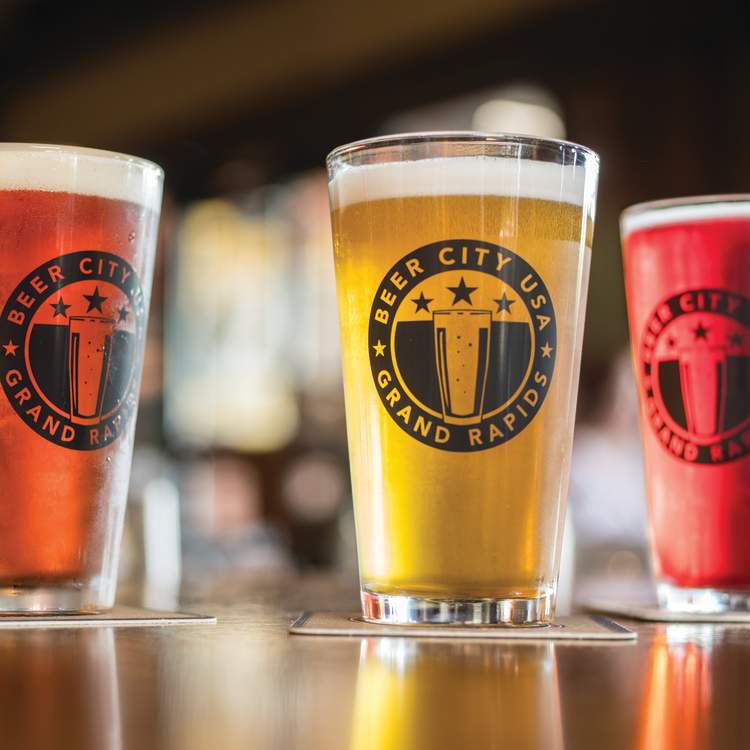Unlocking the Mysteries of Distillery Processes: A Thorough Review
Within the realm of distillery processes lie details that usually stay veiled to the casual observer. As we venture right into the depths of spirit aging strategies and the accuracy of top quality control procedures, a tapestry of flavors and scents emerges, shaped by time-honored customs and cutting-edge practices.
The Art of Mashing and Fermentation
In the distillery process, the art of mashing and fermentation plays an important function in changing resources into the preliminary stages of alcohol production. Mashing includes the process of breaking down the starches in grains like rye, corn, or barley, into fermentable sugars. This crucial step is usually achieved by mixing the milled grains with warm water to develop a "mash." Enzymes present in the grains aid convert the starches into sugars, creating a pleasant fluid referred to as wort.
Yeast, a crucial gamer in this stage, is added to the wort to kickstart the fermentation process. This transformative process normally takes a number of days to complete, depending on the preferred alcohol web content and taste profile.
Mashing and fermentation are detailed procedures that set the structure for the alcohol that will at some point be distilled and aged to produce an end product with distinctive characteristics and tastes.
Recognizing the Distillation Refine
One of the crucial phases in the manufacturing of alcohol includes understanding the purification procedure. Purification is an approach utilized to separate alcohol from the fermented fluid, usually with heating and cooling down processes. During distillation, the fermented liquid is warmed in a still, triggering the alcohol to evaporate at a lower temperature level than water because of its reduced boiling point. The vapor is after that collected and cooled down back into liquid form, leading to a more focused alcohol material.

Comprehending the purification process is vital for distillers to regulate the high quality, strength, and taste of the alcohol being produced. By grasping the art of purification, distilleries can develop a large range of spirits with unique attributes that appeal to different customer preferences.
Secrets of Spirit Aging Methods
Discovering the intricacies of spirit aging techniques introduces the concealed artistry behind the advancement of nuanced tastes and aromas in distilled beverages. The aging procedure is a critical stage in the manufacturing of spirits, where the liquid interacts with the oak barrels, taking in compounds that enhance its account over time. One of the tricks to effective aging hinges on the choice of barrels. Distilleries commonly use charred oak barrels, which present distinct flavors to the spirit through a procedure of extraction and oxidation. The period of aging is one more important factor that distillers thoroughly manage to accomplish the preferred preference account. Longer aging durations often tend to cause smoother, extra intricate spirits, while much shorter durations might highlight important site strong, younger characteristics.
Additionally, the environmental problems in which the barrels are kept play a considerable duty fit the final item. Changes in temperature and moisture can influence the rate of aging and the communications between the spirit and wood. Master distillers skillfully navigate these variables to craft spirits with distinctive characters, embodying the end result of classic customs and ingenious techniques.
Quality Assurance and Testing Techniques
The meticulous workmanship demonstrated in picking barrels and regulating aging periods in the spirits manufacturing process highlights the vital relevance of rigorous quality assurance procedures and exact screening approaches (Seawall Bar). Quality control in distilleries includes several phases to guarantee that each over at this website set meets the wanted criteria. From raw product evaluation to last item analysis, each step is important in keeping uniformity and quality
One vital facet of quality assurance is sensory examination, where qualified professionals analyze the aroma, flavor, and overall top quality of the spirits. Chemical evaluation strategies such as gas chromatography and mass spectrometry are used to discover any pollutants or variances from the desired structure. Furthermore, physical tests like thickness dimensions and pH analysis offer further understandings into the item's qualities.
To guarantee adherence to regulatory needs and inner criteria, distilleries also conduct microbiological testing to look for any microbial contamination that can impact the item's safety and service life. By implementing robust quality control and testing techniques, distilleries can support their credibility for generating costs spirits constantly.
Exploring Distinct Flavor Infusions

In the process of taste mixture, the selected botanicals are included to the base spirit and left to emaciate or high for a specific period. This permits the alcohol to remove the flavors and vital oils from the botanicals, dig this resulting in a harmonious blend of preferences (Distillery in Galveston). Distilleries might additionally employ methods like vapor infusion or basket infusion during purification to impart specific flavors to the spirit
In addition, some distilleries choose barrel aging or barrel finishing techniques to present extra intricacy and deepness to their spirits with interactions with the wood. These techniques add to the creation of distinct taste profiles that appeal to a discerning audience seeking book and memorable alcohol consumption experiences.
Conclusion
Understanding the science behind these processes is necessary for creating premium spirits. By unlocking the enigmas of distillation, distillers can create distinct and tasty spirits that appeal to a wide array of customers.
As we venture into the midsts of spirit aging strategies and the precision of high quality control procedures, a tapestry of scents and flavors emerges, formed by classic traditions and cutting-edge practices. Distilleries typically use charred oak barrels, which pass on distinct flavors to the spirit via a procedure of removal and oxidation.Utilizing a diverse array of botanicals and components, distilleries can craft one-of-a-kind flavor mixtures that set their spirits apart in a competitive market. Distillery in Galveston.In the process of taste mixture, the chosen botanicals are included to the base spirit and left to emaciate or steep for a specific duration. Distilleries may likewise utilize methods like vapor mixture or basket infusion throughout distillation to give specific flavors to the spirit